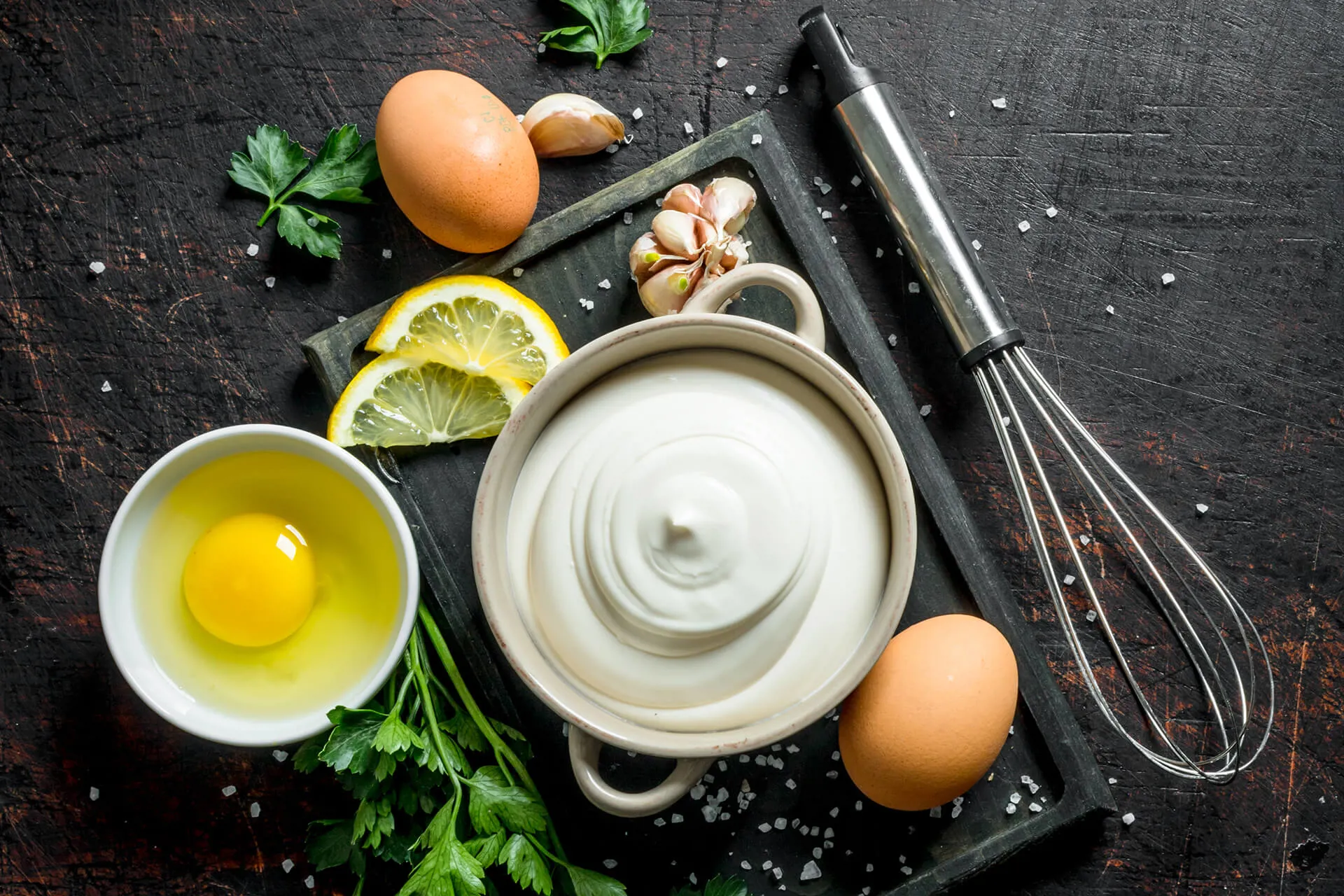
TECHNICAL ARTICLE
TECHNICAL ARTICLE
Whenever a consumer chooses a low-fat mayonnaise, dressing or sauce product, he or she hopes the product will have the same taste and appearance as the full-fat variety. Sadly, however, that’s seldom the case.
Palsgaard® 1-2-3 makes it possible for manufacturers to successfully produce everything from low-fat mayos, dressings and sauces to full-fat versions with a single stabiliser system. Here’s what you need to know to succeed.
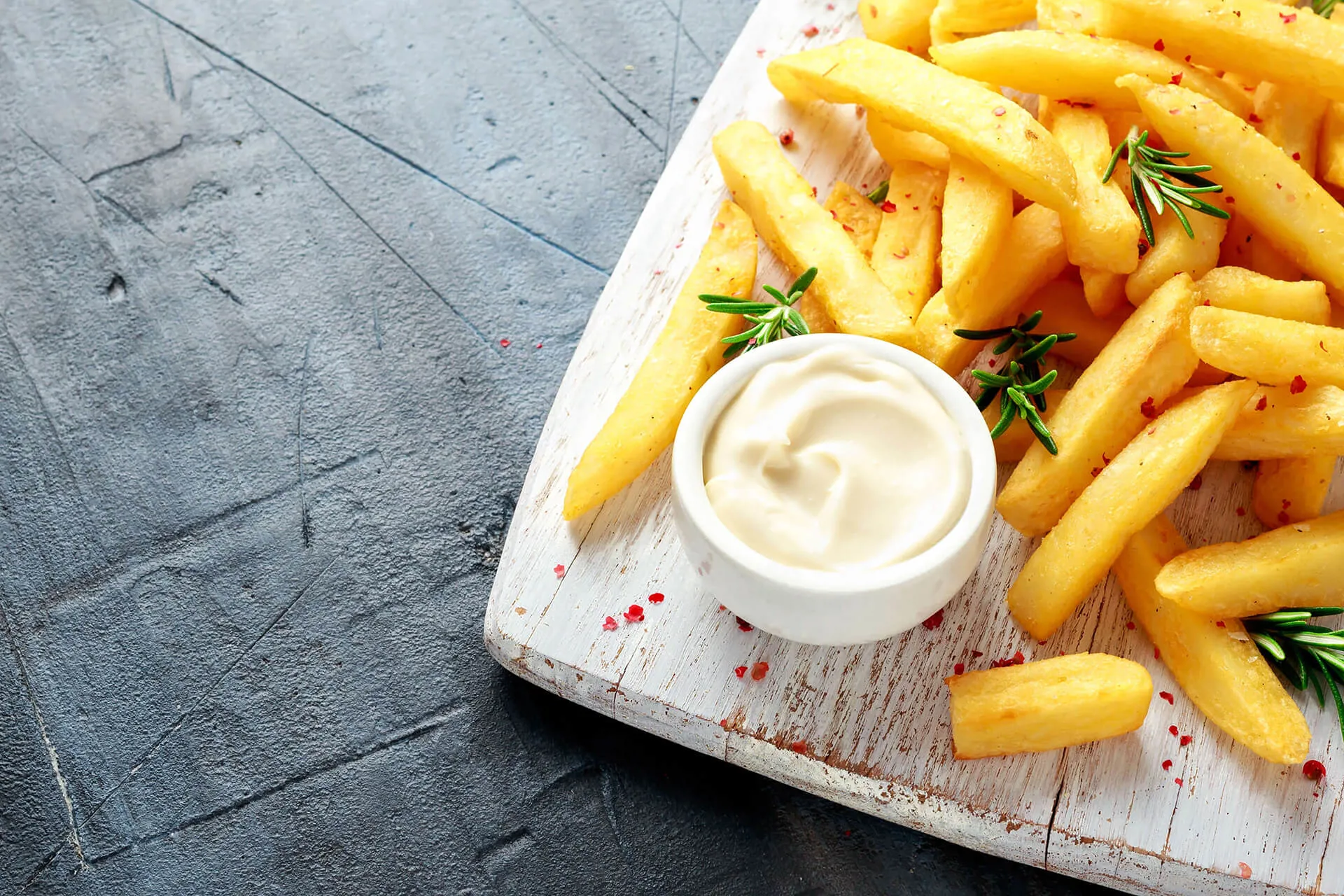

TECHNICAL ARTICLE
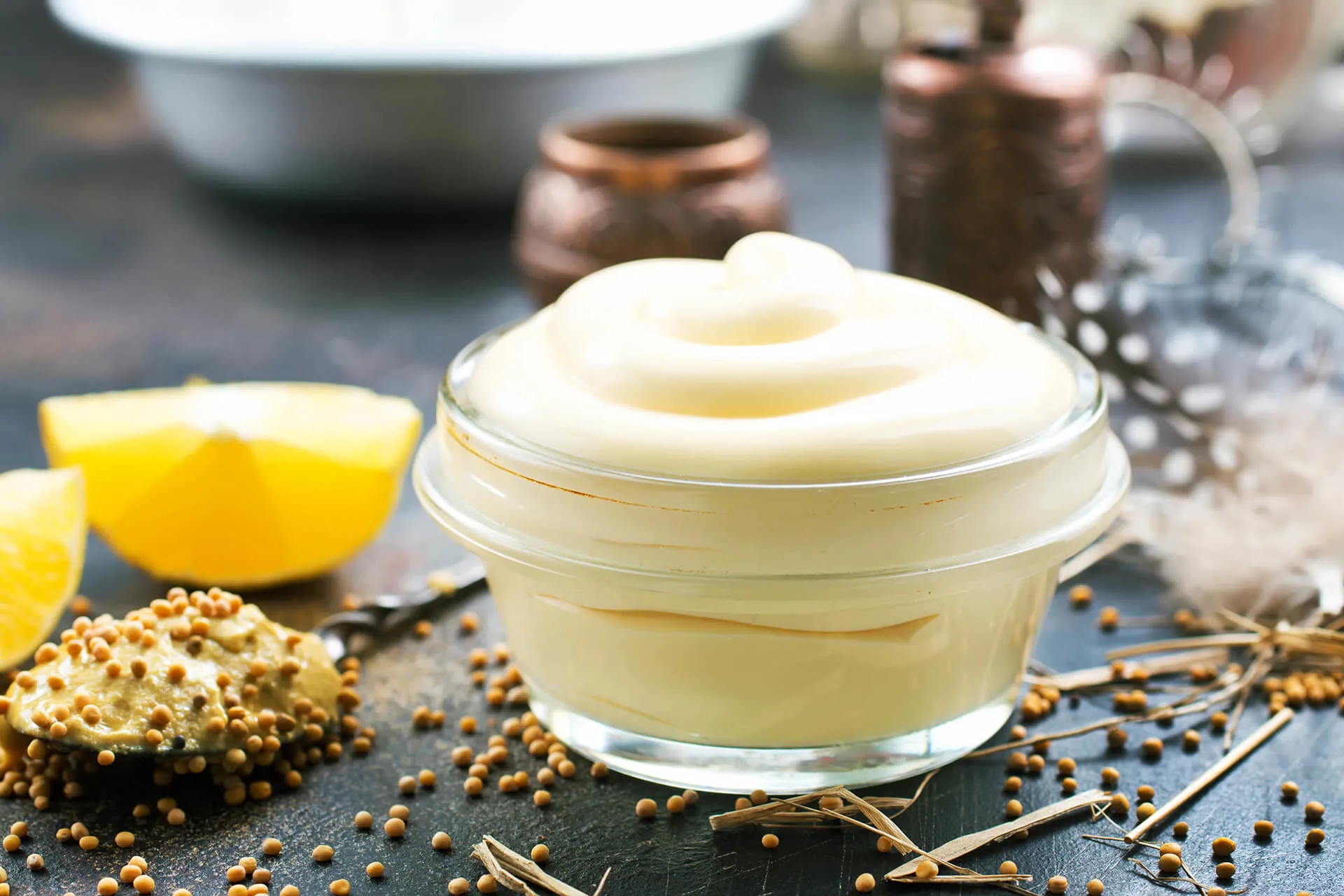
TECHNICAL ARTICLE
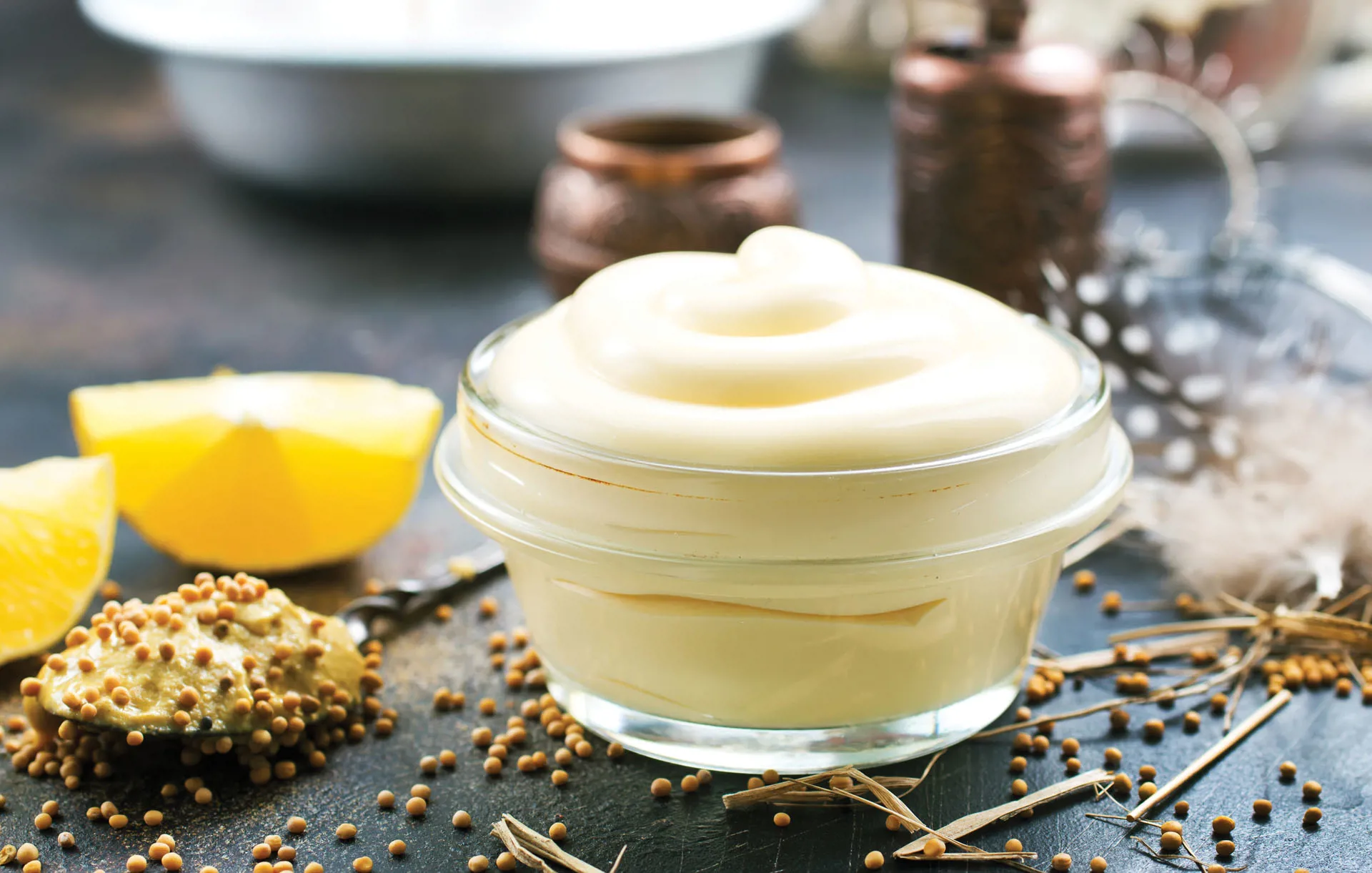
EMULSIFIERS & STABILISERS FOR
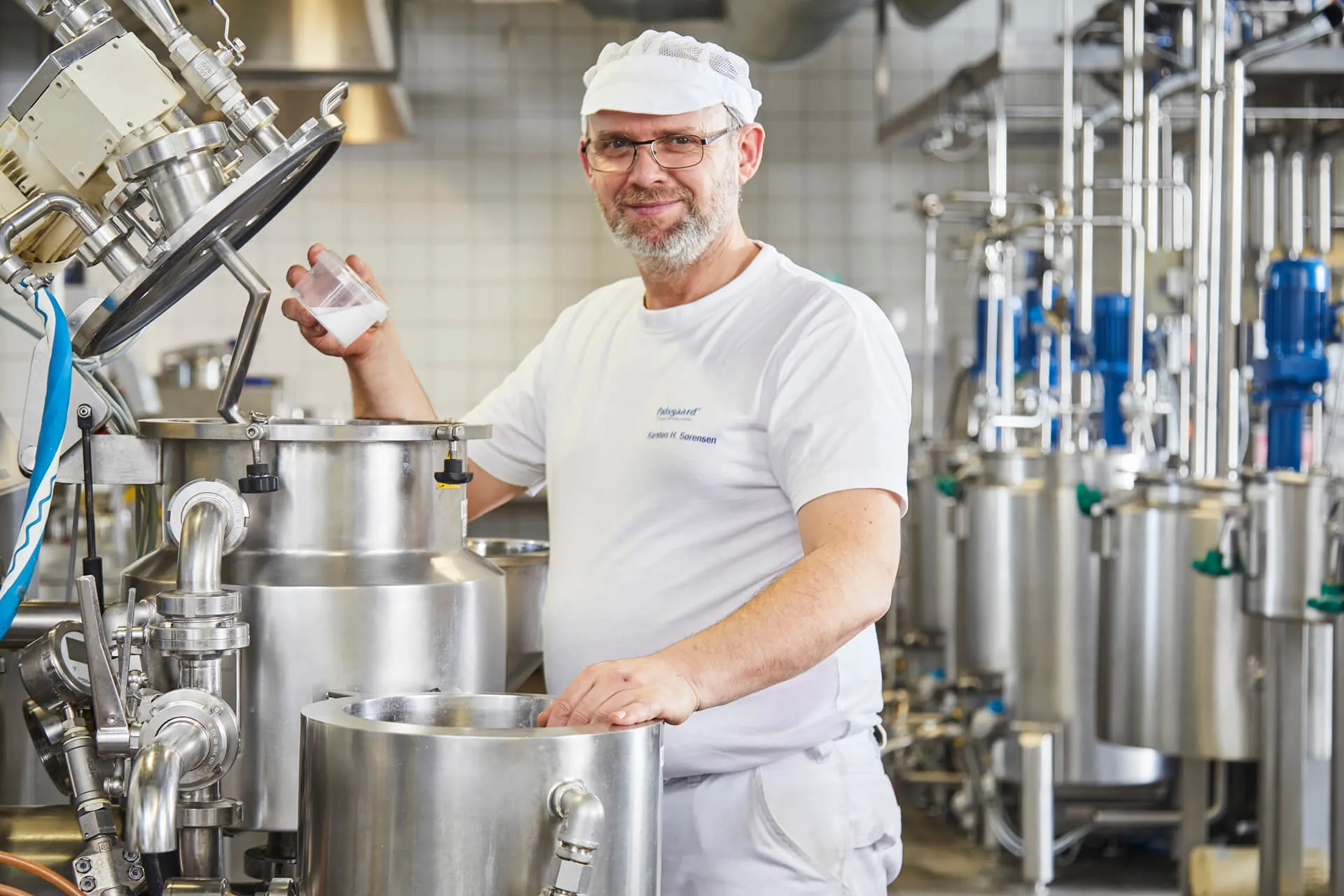
SHARE OUR EXPERTISE IN OUR